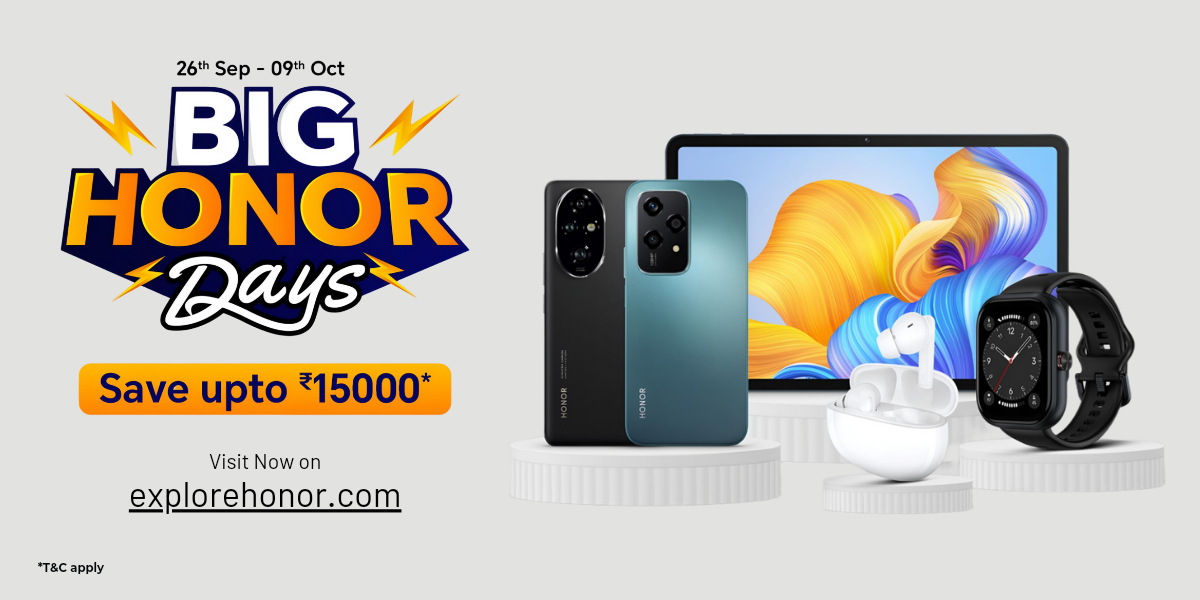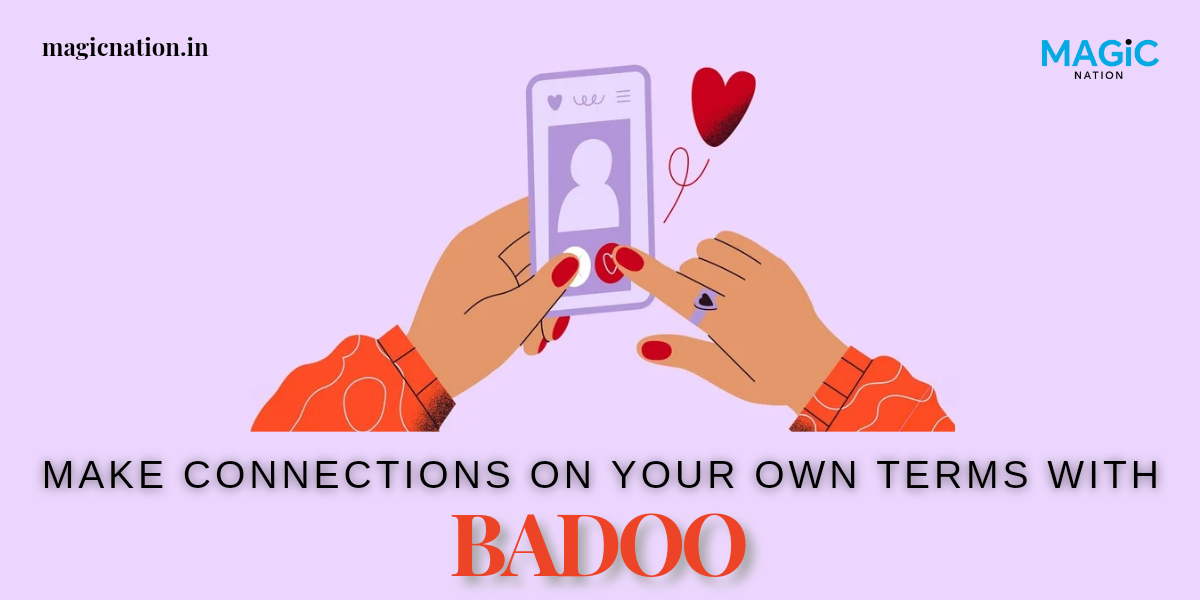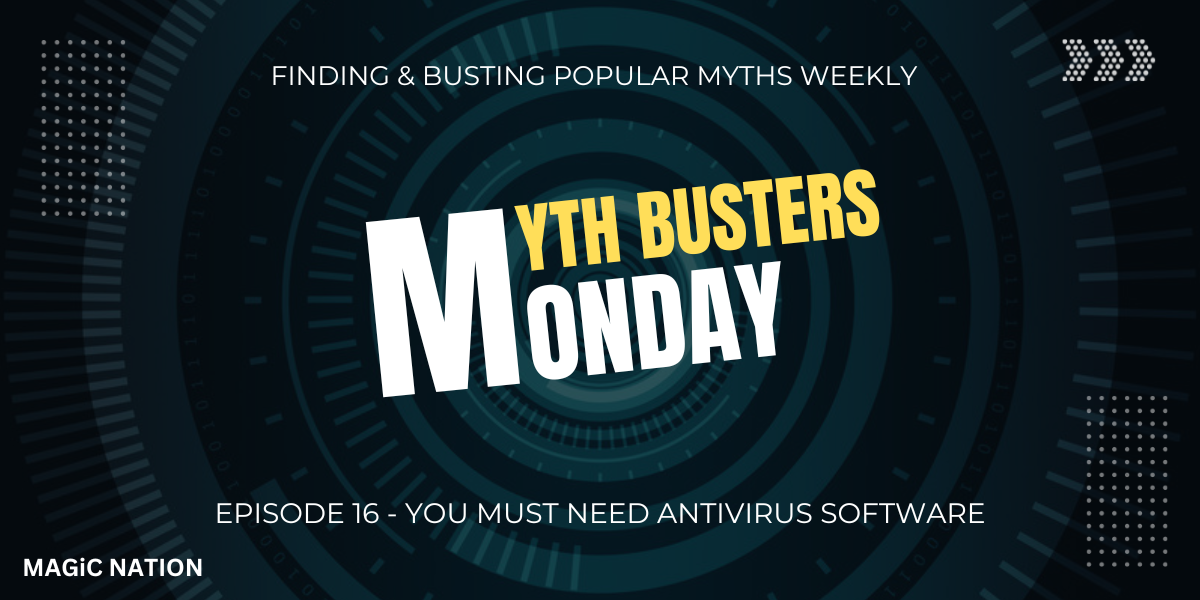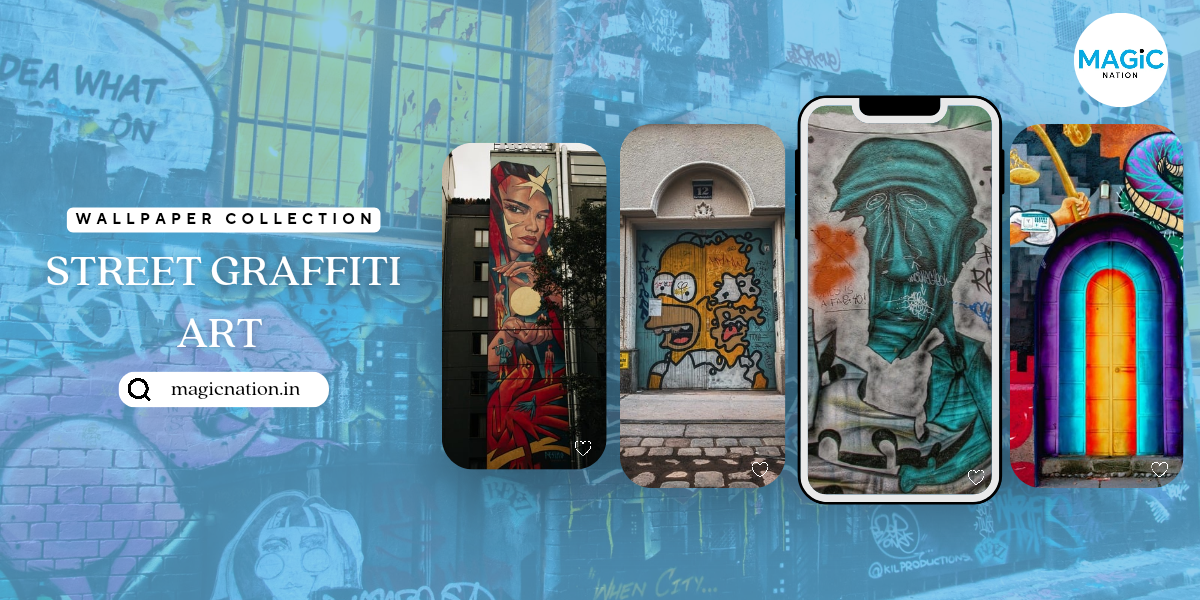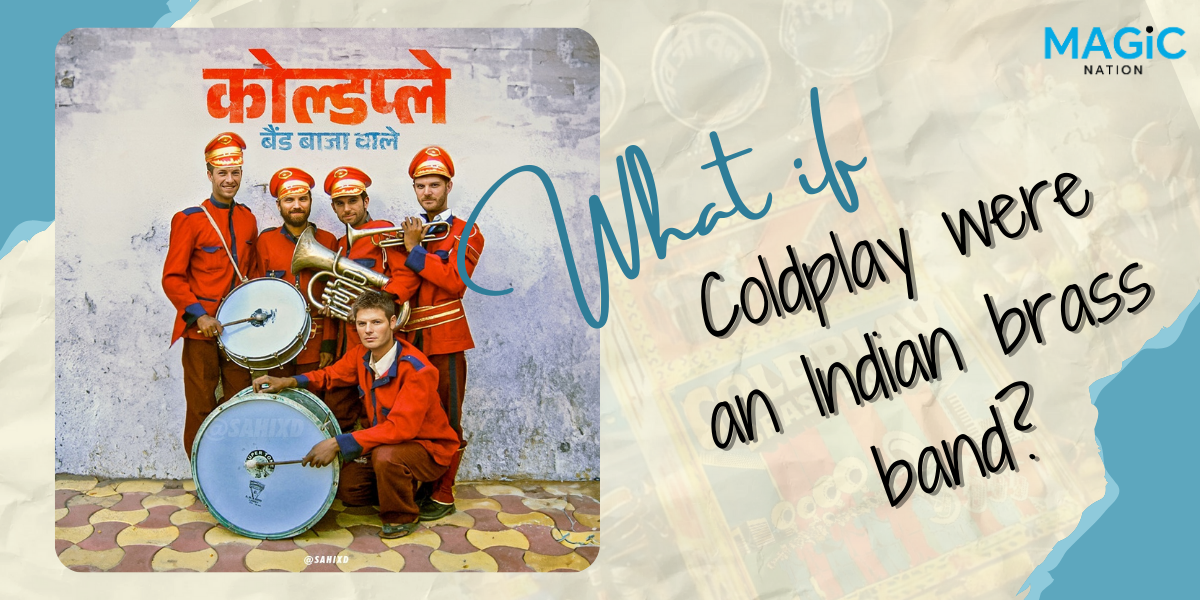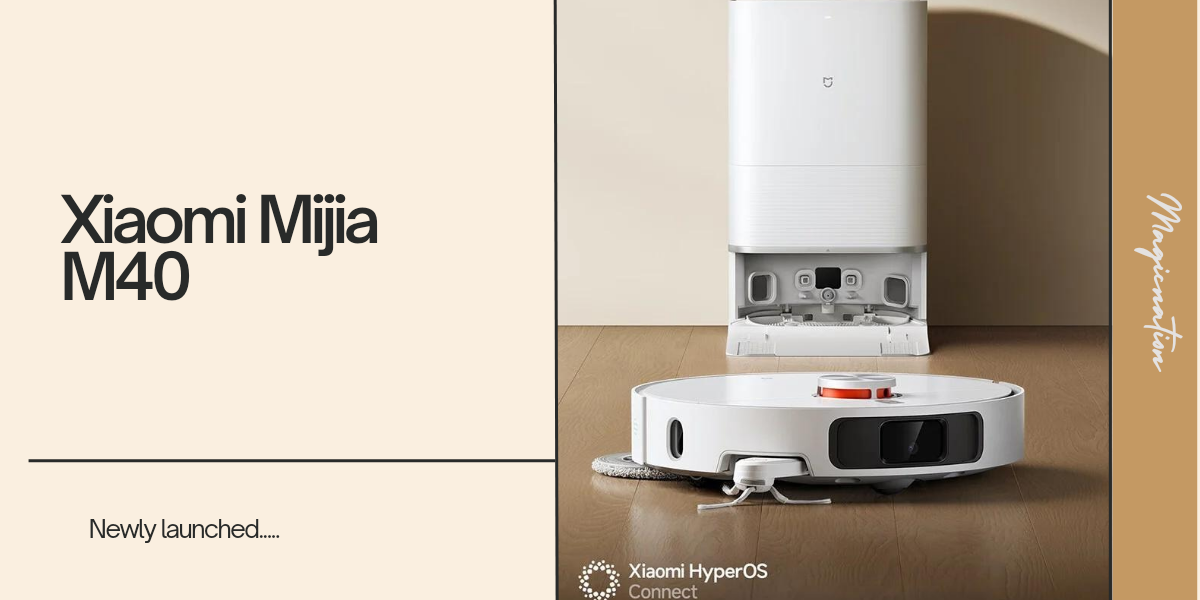
In the ever-evolving world of smartphones, Android and iOS have remained the top contenders for years, outlasting many other competitors. In this episode of Tech Roundtable we will explore and debate what makes each of these platforms a potential top choice for you. Both Android and iOS release improved versions annually, keeping the competition fierce and exciting.
Having used both Android and iOS as my primary devices, I’ll share my personal experiences and the latest developments in each. Let’s dive in and see which one might be the best fit for you!
When it comes to customizing your home screen and lock screen, Android offers a lot more flexibility. You can rotate your home screen, control every corner of your screen, and even use various launchers and themes to personalize your device exactly how you want.Customisation
In contrast, iOS has historically been more restrictive. Before iOS 18, you couldn’t even place icons where you wanted due to the default auto-fill feature. Although iOS has made strides in customization, it still doesn’t match the comprehensive and user-friendly options available on Android.
Personally, I find the current iOS home screen and app library setup rather clumsy. Why can’t I just see a simple list of all the apps I’ve installed? To find an app that’s not pinned to the Home Screen, I have to swipe all the way to the last screen and then figure out which category Apple has decided to place the app in.
Even though iPhones come with a suite of pre-installed apps that are fully compatible with the device, I prefer using Google apps for their superior features. Here’s a list of the Google apps I use on my iPhone and their Apple counterparts:The Mighty Google Apps
- Google Maps (instead of Apple Maps)
- Google & Google Chrome (instead of Safari)
- Google Drive (instead of iCloud)
- Google Photos (instead of Apple Photos)
- Google Pay (Apple Pay doesn’t exist)
- Google Translate (instead of Apple Translate)
- Gboard (instead of Apple Keyboard)
So, why do I choose Google apps over Apple’s alternatives? While Apple may have a more polished presentation, Google’s apps offer a wealth of features that Apple might take years to introduce. For instance, Google Drive and Google Photos provide seamless integration and extensive functionality that I find indispensable.
The only Apple app I use instead of a Google alternative is Apple Music, for its superior sound quality and lossless audio.
On Android devices, these Google apps have even better interconnectivity, something Apple restricts for third-party apps on iPhones.
Using both Android and iOS, I’ve noticed that Google apps often have better animations and user experience on iOS, although some features are missing. For example, I can’t add my credit card to Google Pay for NFC payments on iOS.
Additionally, one more point to consider is the availability of apps. Google applications can be used anywhere, whereas many of Apple’s applications are not available on Android.
When it comes to the integration of hardware and software, Apple is the undisputed winner. By designing both their hardware and software, Apple has a unique advantage. This seamless integration allows them to fully understand and optimize both aspects, making it easier to debug and enhance the performance of iPhones.Hardware and Software Integration
However, Android is not far behind. Android smartphone manufacturers are working closely with Google and hardware manufacturers, leading to innovations like bigger batteries, super-fast charging and many innovative features. The gap is closing, with Android devices becoming increasingly efficient.
In the past, Android was known for its buggy updates, which were not always available for all devices. On the other hand, Apple had the advantage of controlling both hardware and software, allowing them to provide OS updates for up to five years, while most Android manufacturers offered updates for no more than two years.The Updates
However, things have changed in recent years. While Apple continues to provide consistent and reliable software updates, Android manufacturers have made significant strides. Leading brands like Huawei, Samsung, and Honor now offer updates that not only improve performance but also introduce new features to older devices.
Interestingly, Apple has become somewhat notorious for not introducing new features with updates on older devices, whereas Android companies have been catching up and even surpassing expectations in this area.
One of the major headaches with iPhones is the difficulty in transferring data. By default, you can’t transfer data easily and often have to rely on third-party apps. In contrast, Android makes life easier with multiple options like Bluetooth, Nearby Share, and Wi-Fi Direct, which are not available on iPhones.Seamless connection with Other Device
Connecting smart devices to iOS can also be challenging. You need to manually grant numerous permissions like location, Bluetooth, and Wi-Fi, and even then, the device might not connect properly or may disconnect frequently.
On the other hand, Android offers a much smoother experience for data transfer and connecting with smart devices. It’s straightforward and hassle-free, making it a clear winner in this aspect.
While it might seem that Apple is a clear winner in terms of seamless connection with other devices, Android smartphone companies that manufacture their own devices, like laptops, earphones, and tablets, often provide a much better ecosystem experience. You can use any of your devices—laptop, smartphone, or tablet—to control other smart devices effortlessly.Ecosystem
Apple, on the other hand, makes only a few smart products, and while third-party apps may work, they often come with various issues and inconsistencies.
That said, Apple is not doing a bad job. In fact, it seems like Apple is catching up with other Android brands in this area, improving their ecosystem and making it more user-friendly.
Some of you might say that Android copies Apple, while others argue that Apple copies Android. Guys, calm down! Every good company aims to implement better features. In the software industry, there’s no such thing as copying—good features introduced by one brand will eventually be adopted by the rival brand as well. In both cases, it’s a win-win for the user.
Let’s wrap it up here. Let me know in the comments if you liked the article, if I missed something, and which one you prefer—iOS or Android. Catch you there. Goodbye!






